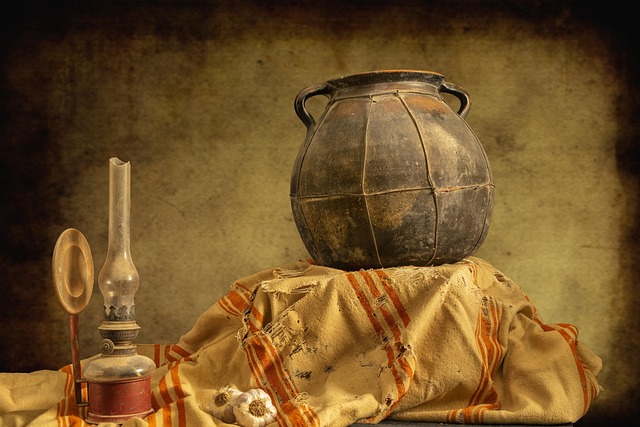Sacred Threads: Exploring the Spiritual Significance of Tapestry in Religious Traditions
Tapestry, an ancient art form, transcends mere decoration; it embodies spirituality and storytelling woven into each thread. The tapestry period marks a time when artisans dedicated their skills to creating pieces that not only adorned walls but also conveyed deep religious narratives. Across various cultures, tapestries have served as visual representations of faith, spirituality, and community, connecting generations through shared beliefs.
In many religious traditions, tapestries are used to decorate sacred spaces, enhancing the atmosphere of worship. The intricate designs often depict pivotal moments from religious texts, engaging the faithful in a dialogue with their beliefs. For instance, in Christian churches, tapestries frequently illustrate scenes from the Bible, inviting worshippers to immerse themselves in the divine stories. Similarly, in Buddhism, intricately woven thangkas serve to guide meditation practices, reminding practitioners of key teachings and spiritual truths.
The symbolism behind these woven artworks is profound. Each color, thread, and pattern is meticulously chosen, resonating with specific spiritual meanings. In Hinduism, for example, vibrant tapestries often reflect themes of creation and the divine cosmos, reminding viewers of their sacred connection to the universe. In this way, tapestries become not just art, but a medium through which faith finds expression and continuity.
The cultural narratives embodied in tapestries also hold a mirror to the social contexts of the tapestry period. During times of conflict or turmoil, these works often depicted resilience and hope, fostering a sense of unity among believers. Communities gathered to create and display these tapestries, transforming them into collaborative expressions of faith and identity. This collective artistry serves to reinforce the bonds within a faith community and becomes a testament to shared values, beliefs, and history.
In Judaism, tapestries often convey deep narratives and moral lessons, encapsulating stories from the Torah. These pieces serve not only as decorative items but as educational tools for the younger generations, preserving traditions and teachings that might otherwise be forgotten. Each tapestry crafted represents a bridge between the past and the future, a visual reminder of the enduring nature of faith across time.
Tapestries also play a significant role in rituals and ceremonies. For example, during important life transitions such as weddings or funerals, specific tapestries may be displayed to invoke spiritual blessings. The act of using tapestry in these contexts underscores its role as a transformative element, marking significant moments in the lives of individuals and communities alike.
As we explore the rich tapestry of religious traditions worldwide, we encounter an art form that remains deeply rooted in cultural identity and spiritual expression. The threads that weave these magnificent pieces together intertwine stories of faith, resilience, and continuity. Each tapestry tells a story of the community it represents, serving as a reminder of shared beliefs and an invitation to reflect on one’s own spiritual journey.
Today, as we embrace diverse religious practices, the significance of tapestry continues to resonate. As both creators and viewers engage with these works, we participate in a dialogue that transcends time and space, one richly colored with the heritage of our spiritual histories. Whether displayed in sacred spaces or gracing the walls of our homes, tapestries remind us of our collective spiritual journey, holding us together through the sacred threads of our beliefs.




